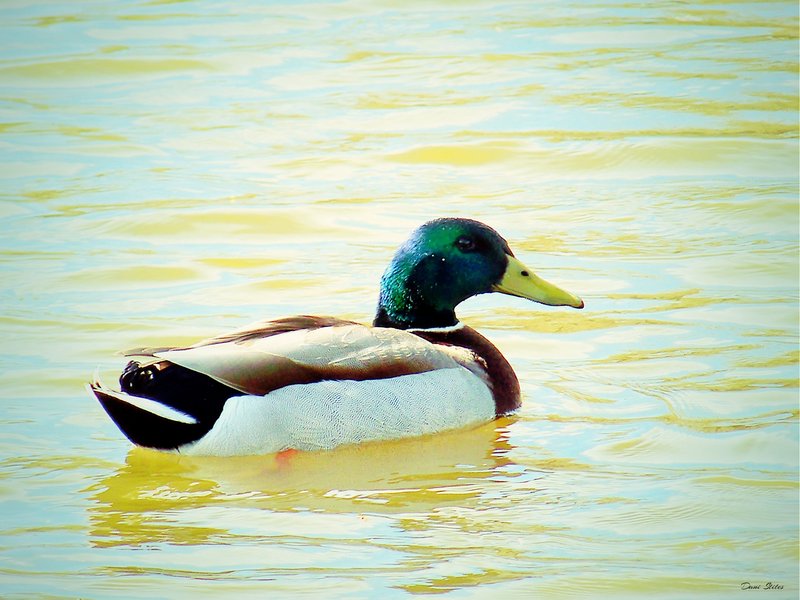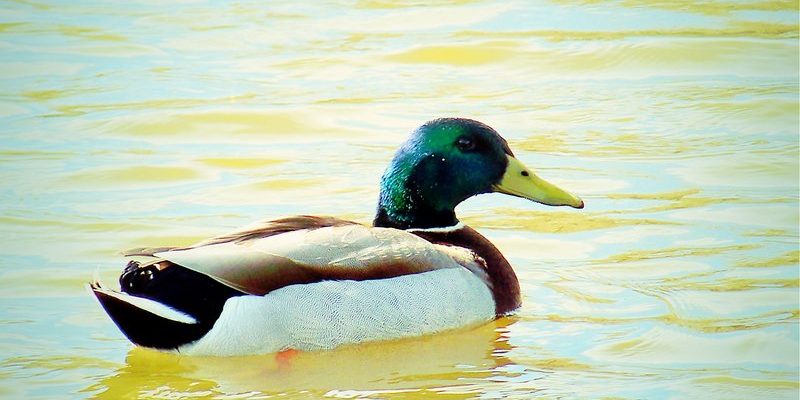
If you ever wondered what makes *mallards* tick, you’re in for a treat! Let’s dive into some fun facts that might just surprise you. This isn’t just about their looks; it’s about their habits, habitats, and surprising backstories. So grab your favorite beverage, and let’s explore the fascinating world of the mallard.
1. A Global Traveler
You might be surprised to learn that mallards are found all over the world. They have a knack for adapting to a wide range of environments. From North America to Europe and even parts of Asia, these ducks can thrive in various habitats, including parks, lakes, and wetlands.
What’s even more impressive is their migratory behavior. In the colder months, mallards will often fly south to warmer climates, sometimes traveling thousands of miles. Imagine taking a vacation every winter! They usually return to their breeding grounds in the spring, which is a journey that many birds make every year.
This adaptability is one of the reasons mallards are so successful. They can make homes in bustling cities or serene countryside settings, showing that a duck can have a taste for the high life or the quiet life.
2. Colorful Personalities
Have you ever noticed how different mallards can look? The males have that striking green head and white neck ring, while the females sport a more muted, mottled brown appearance. But did you know these colors serve a purpose?
The vibrant plumage of the male helps attract females during mating season. It’s like putting on your best outfit for a big date! On the flip side, the female’s camouflage helps her blend into her surroundings, making her less visible to predators. It’s a clever balance of beauty and practicality.
Moreover, mallards have a range of vocalizations beyond the typical quack. They can make a variety of sounds to communicate different messages, whether they’re warning about danger or attracting a mate. So, next time you hear a mallard, listen closely! You might catch them chatting up a storm.
3. Their Unique Diet
You might think of ducks as bread lovers, but mallards actually have a much more varied diet. While they might snack on bread now and then—who can blame them?—their primary diet consists of seeds, aquatic plants, insects, and small fish.
Mallards are dabbling ducks, meaning they feed primarily on the water’s surface or tip their bodies to reach underwater plants. It’s pretty entertaining to watch them do their little acrobatics! They also forage on land for grains and insects.
If you ever spot one munching away at a pond, you can bet it’s getting a balanced meal. They might not be gourmet eaters, but they know how to find food that keeps them healthy and happy.
4. Family Dynamics
Have you ever watched a mother mallard with her ducklings? It’s one of nature’s cutest sights! Mallards are known for their strong family bonds, especially during the breeding season. A female mallard typically lays around 8 to 12 eggs, which she incubates for about 28 days.
Once the ducklings hatch, they’re ready to hit the water right away. It’s like they’ve got a built-in GPS guiding them to find their way. The mother leads them to water, teaching them how to forage and avoid danger. The bond between a mother and her ducklings is remarkable; she’ll often lead them in a neat little line, showing off her parenting skills.
You might be wondering, what happens when the ducklings grow up? Once they mature, they’ll leave their mother to find their own way in the world, but the lessons learned stick with them.
5. A Variety of Breeds
While the mallard is the most recognized duck species, it’s actually the ancestor of many domestic duck breeds. It’s like how wild wolves gave rise to various breeds of dogs! Domestic mallards are bred for different traits, such as size, color, and temperament.
Some common domestic breeds include the Pekin duck, known for its meat production, and the Indian Runner, famous for its upright stance and quirky waddle. Each of these breeds has its own unique characteristics, but they all carry the mallard’s touch in their heritage.
This connection is a fascinating aspect of how wildlife can influence agriculture and species development. Next time you see a duck at a farm, remember that it likely shares a family tree with the mallard!
6. The Mallard’s Role in Ecosystems
Mallards play a crucial role in their ecosystems. As they forage for food, they help aerate and mix the water, promoting healthy aquatic environments. Their feeding habits also contribute to controlling algae growth and maintaining plant life in wetlands.
Additionally, mallards are part of the food chain. They serve as prey for various predators, including foxes, raccoons, and birds of prey. So, they don’t just support their own species; they help maintain a balance in their habitats too.
You might think of them as simple park animals, but they’re actually vital players in their ecosystems. By helping to maintain healthy environments, mallards ensure that both plants and animals can thrive together.
7. Mating Rituals and Behavior
When it comes to love, mallards know how to put on a show! During mating season, males engage in elaborate courtship displays. This includes head bobbing, preening, and sometimes even chasing each other around.
Once a female picks her mate, they’ll form a strong bond, often mating for life. But here’s the thing—if a female loses her mate, she’ll usually find another. It’s a practical approach to love!
After mating, the female will start building a nest, usually hidden away in tall grasses or bushes. This secretive behavior protects her eggs from predators, adding a layer of strategy to their seemingly simple lives.
8. Remarkable Lifespan and Challenges
In the wild, mallards can live up to 5 to 10 years, but many don’t make it that long due to predation and environmental challenges. You might be surprised to learn that their greatest threats are human-related. Habitat destruction, pollution, and hunting affect their populations significantly.
Fortunately, many conservation efforts are in place to protect mallards and their habitats. Wetland restoration projects and hunting regulations help keep their populations stable. By supporting these initiatives, we can ensure that future generations get to enjoy these delightful ducks.
So next time you see a mallard, think about the journey they’ve been on and the challenges they face every day.
Mallards are more than just cute ducks waddling around parks; they are fascinating creatures with complex lives and essential roles in our ecosystems. From their global travels to unique family dynamics and vital contributions to their habitats, they are worthy of our admiration.
As you encounter mallards in your daily life—be it at a local pond or nature park—take a moment to appreciate the depth of their world. Whether you’re a nature lover or just someone who enjoys watching these birds, there’s a lot to learn and love about them. So, keep your eyes peeled and enjoy the next mallard sighting; there’s always something new to discover!

